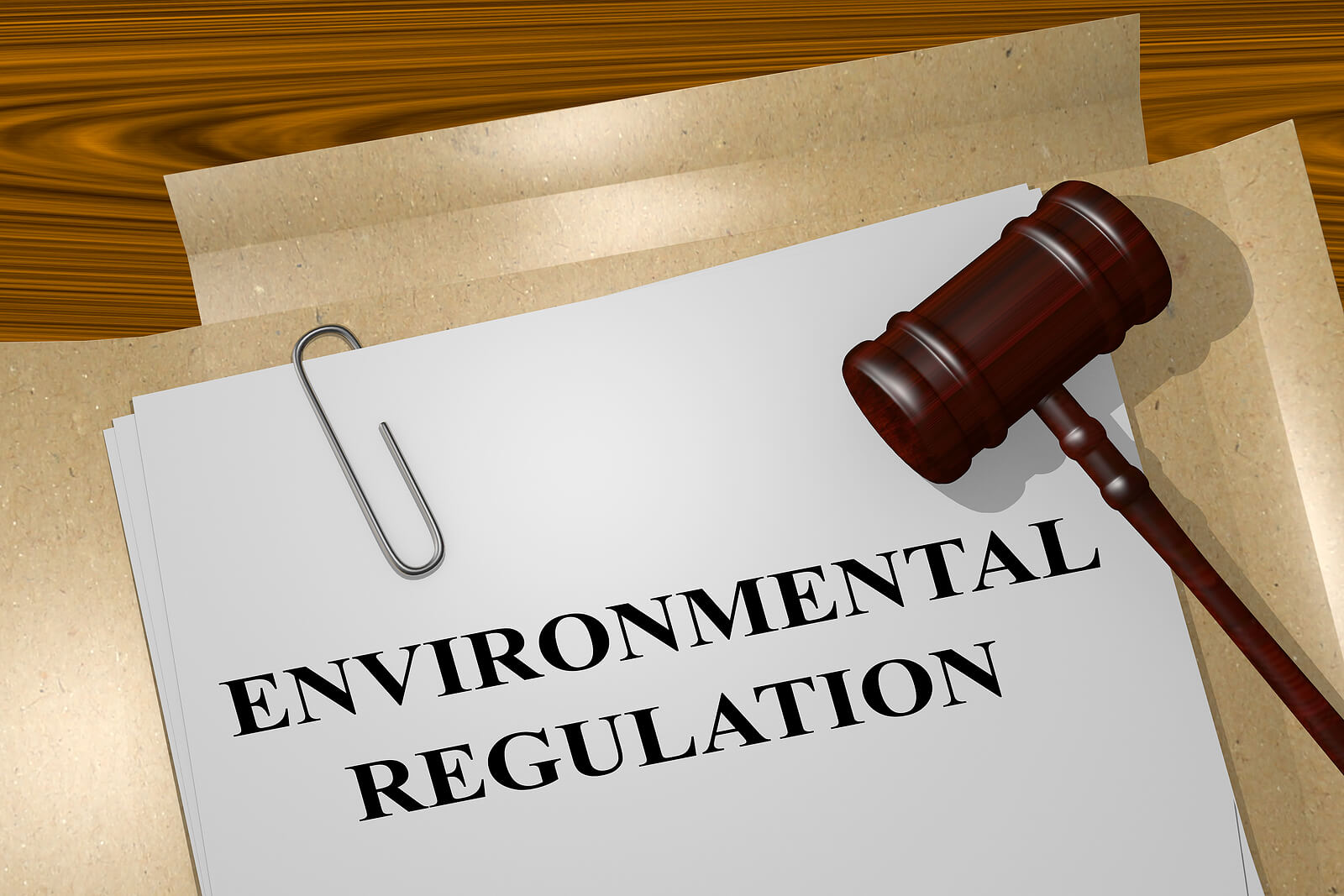A 40 CFR Part 63 Overview
The Environmental Protection Agency’s Part 63 regulations (NESHAP) are for hazardous air pollutants not covered by National Ambient Air Quality Standards (NAAQS). The pollutants come from natural and human-made sources, including volcanoes, wildfires, motor vehicles, industrial facilities, and oil refineries. They are considered toxic compared to other air pollutants because exposure to them at a sufficient concentration and duration is known or suspected to increase the risk of specific health problems. These include cancer, heart disease, respiratory illness, and reduced fertility.
The standards for a particular source category require the maximum degree of emission reduction that the EPA determines to be achievable, known as the Maximum Achievable Control Technology (MACT) standards. The 1970 Clean Air Act defines the standards, and 40 CFR Parts 60 and Part 63 regulations regulate them.
Types of Toxic Air Pollutants Regulated by 40 CFR Part 63
The likelihood of health problems caused by exposure to hazardous air pollutants varies depending on pollutant concentration and length of exposure. The EPA works with state, local, and tribal governments to reduce air emissions of 187 toxic air pollutants to the environment.
Examples of toxic air pollutants include:
- benzene, which is found in gasoline
- perchloroethylene, which is emitted from some dry cleaning facilities
- methylene chloride, which is used as a solvent and paint stripper by a number of industries
Examples of other listed air toxics include dioxin, asbestos, toluene, and metals such as cadmium, mercury, chromium, and lead compounds.
The Clean Air Act and Reduction of Toxic Air Pollutants
The EPA and regulatory partners at the State and local level have taken significant steps to dramatically reduce toxic air pollutants. These steps include:
- reducing toxic emissions from industrial sources
- reducing emissions from vehicles and engines through new stringent emission standards and cleaner-burning gasoline
- addressing indoor air pollution through voluntary programs.
The Phases of The Clean Air Act
The Clean Air Act required the EPA to regulate toxic air pollutants, also known as air toxics, from categories of industrial facilities in two phases.
In Phase 1 of the Clean Air Act, the EPA developed standards for controlling the emissions of air toxics from sources in an industry group (or “source category”). These maximum achievable control technology (MACT) standards were based on current emissions levels from an industry’s controlled and low-emitting sources.
In Phase 2 of the Clean Air Act, the EPA determined whether more health-protective standards were necessary. Within 8 years of setting the MACT standards, the Clean Air Act required the EPA to assess each source category’s remaining health risks, and determine whether those standards were protective enough.
These reviews continue in an eight-year cycle. View the current status of the Risk and Technology reviews here.
How We Help You Comply With 40 CFR Part 63 Requirements
We are a full solution provider for air emissions compliance: From designing and maintaining CEMS shelters to developing powerful compliance software and supporting every piece in between, we’re here to make air emissions compliance simple and seamless. Whether it’s parts, repairs, or expert service, we’ve got you covered—every step of the way.
Please Contact Us to see how we can help you.
Interested in learning more about regulations and staying in compliance? Read our Definitive Guide to Air Emissions Regulations.
For a complete resource on emissions monitoring, explore our Comprehensive Emissions Monitoring Guide for Refining and Petrochemical Facilities, covering everything from best practices to regulatory compliance.


